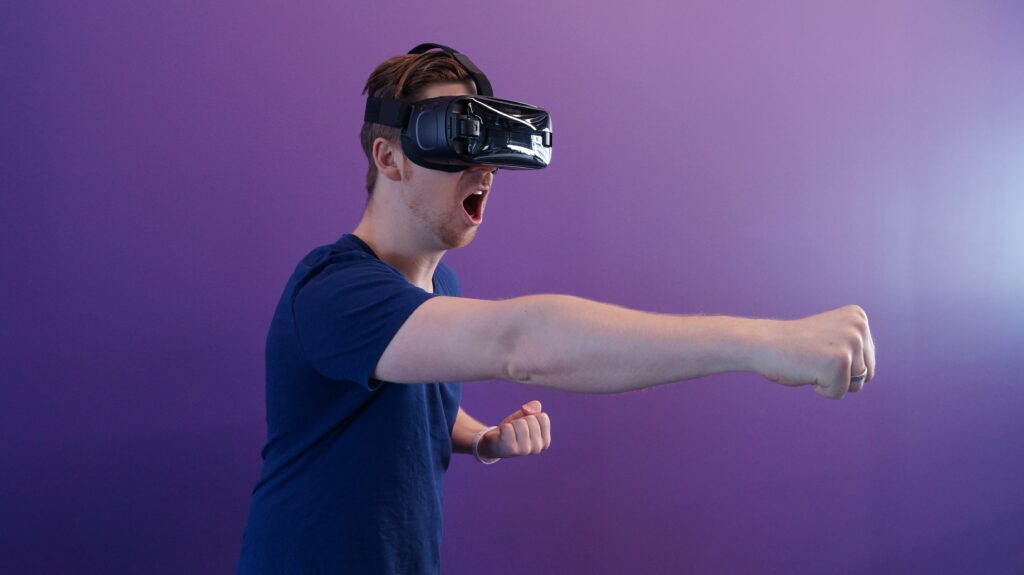The world of entertainment has always been evolving, but in recent years, the fusion of technology and tradition has taken it to new heights. Virtual entertainment has become increasingly popular as people seek out new ways to experience art and culture from the comfort of their own homes. In this blog, we’ll explore the art of virtual entertainment and how it combines technology and tradition to create a unique and immersive experience.
Virtual entertainment refers to any form of entertainment that is delivered through digital technology, such as live streaming, virtual reality, or augmented reality. It’s a way for people to experience art and culture without leaving their homes or traveling to a specific location. This technology has allowed artists and performers to reach a global audience and has opened up new possibilities for creativity and innovation.
One of the most significant advantages of virtual entertainment is that it allows us to experience traditional art and culture in new and exciting ways. For example, virtual tours of museums and galleries allow us to explore art from all over the world without leaving our homes. Virtual reality experiences can transport us to different times and places, such as ancient civilizations or distant planets. This technology allows us to explore art and culture in a way that we never could before, opening up new possibilities for education and cultural exchange.
Virtual entertainment also offers a way for artists and performers to connect with their audiences in new ways. For example, live streaming concerts allow musicians to perform for audiences around the world, without the need for physical travel. Virtual reality performances can create immersive experiences that make the audience feel like they’re part of the show. These technologies allow artists and performers to connect with their audiences in a more intimate way, fostering a deeper sense of engagement and connection.
Another advantage of virtual entertainment is that it offers a more accessible and inclusive experience. For people with disabilities or mobility issues, traditional entertainment venues can be challenging to navigate. Virtual entertainment eliminates these barriers, allowing everyone to participate and enjoy the experience. It also provides a way for people who live in remote areas or who cannot afford to travel to experience art and culture that might otherwise be inaccessible.
While virtual entertainment offers many benefits, it’s essential to remember that it is not a replacement for traditional forms of entertainment. The energy and excitement of a live concert or the atmosphere of a museum cannot be replicated through a virtual experience. Virtual entertainment is a complementary form of entertainment that offers new possibilities for creativity and innovation.
In conclusion, the fusion of technology and tradition has transformed the world of entertainment, creating a new form of art and culture that is accessible, inclusive, and immersive. Virtual entertainment allows us to experience traditional art and culture in new and exciting ways, and it offers artists and performers new possibilities for creativity and innovation. While it’s not a replacement for traditional entertainment, virtual entertainment has become an essential part of our cultural landscape and will continue to evolve and innovate in the years to come. As we continue to explore the art of virtual entertainment, we can expect to see even more exciting and innovative ways to experience art and culture from around the world.









